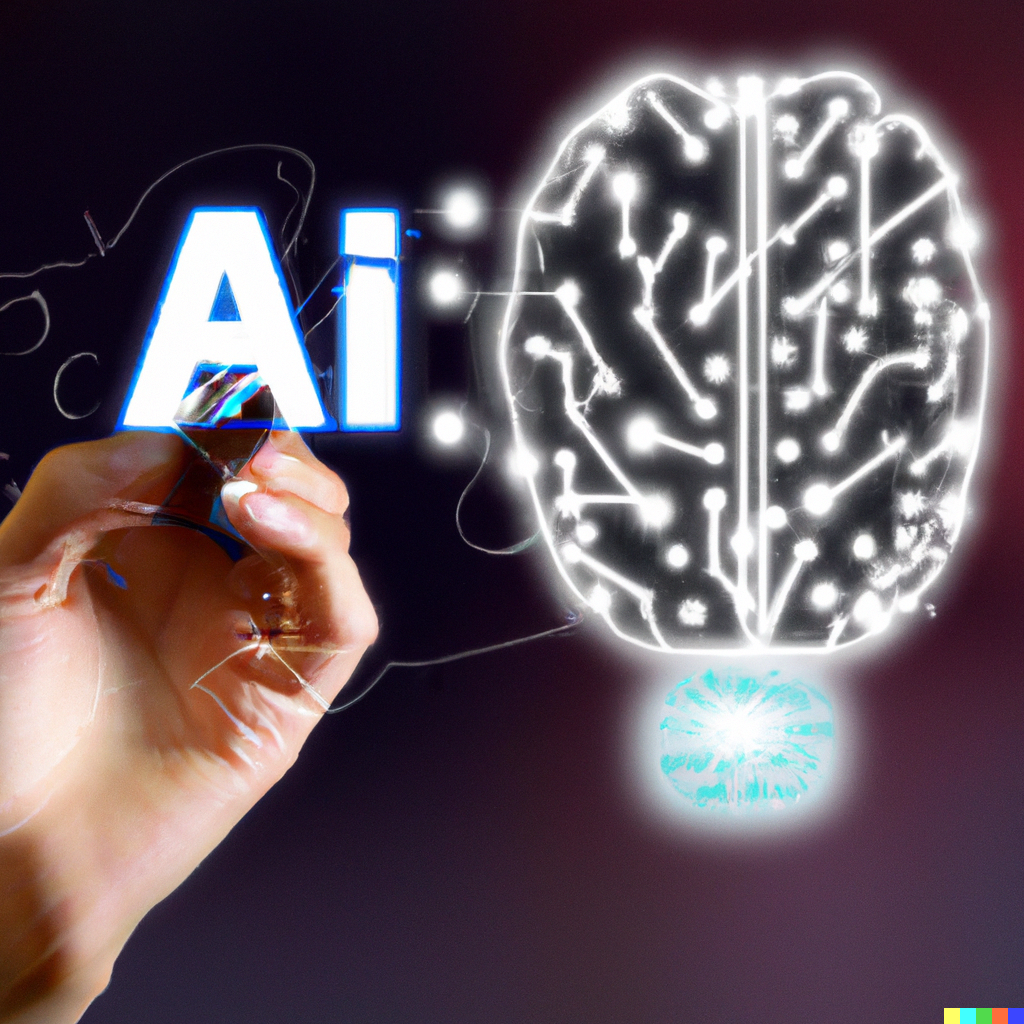The Southern Advantage: How Businesses in the South Are Using Websites to Compete and Win in Today’s Digital Market

Hello, friends! Now, when we talk about small businesses in America, we often think of bustling cities like New York, Los Angeles, and Chicago—the places that seem to set the trends, right? But let me tell you, there’s a quiet revolution happening in the southern United States, where businesses from Nashville to Miami are leveraging the power of websites to connect with their communities, reach broader markets, and grow in ways that we haven’t seen before.
Let’s dig in and see how small businesses across southern states are catching up and, in many ways, leading the pack in the digital age. We’ll look at some stats, explore the growing momentum of digital tools in cities like Huntsville and Tampa, and uncover how businesses down South are using their websites to capture a slice of the national market.
The Southern States Online: Stats You Need to Know
When it comes to businesses and websites, there are some surprising numbers. According to a recent survey by the U.S. Small Business Administration, only about 64% of small businesses nationwide have a website. Now, here’s where it gets interesting: small businesses in southern states are actually leading when it comes to recent growth in website adoption.
In the South, cities like Dallas, Atlanta, and Tampa are seeing a boom in small businesses getting online for the first time or investing in significant website updates. A report by the National Federation of Independent Business showed that between 2021 and 2023, website adoption rates for small businesses in the South grew by 14%, outpacing every other region of the United States. Compare that with the Midwest, which saw a growth rate of only 7% in the same period, and you can see how the South is really embracing the power of online marketing.
But let’s not stop at just numbers. Businesses in southern cities like Huntsville and Nashville are also leading the way with creative and innovative website strategies. For example, many are adding features like online appointment booking, e-commerce platforms, and virtual customer service tools. A report by GoDaddy found that small businesses with e-commerce options on their websites increased sales by up to 30% in the last two years alone. And in cities with thriving tourism, like Miami and New Orleans, a solid website is critical for engaging visitors who plan their trips online.
Southern Cities Embracing the Digital Shift
Let’s take a look at a few cities making digital waves. In Nashville, known for its thriving music scene and hospitality, small businesses are taking inspiration from their city’s creative roots. From boutiques to recording studios, websites are increasingly being used to promote unique, local brands to customers across the country.
In Atlanta, a powerhouse city for business and media, websites have become a must-have. The city’s vibrant startup culture, coupled with major corporations, has fostered a competitive digital landscape. Small businesses there are investing in high-quality web designs, mobile responsiveness, and e-commerce to attract the growing population of tech-savvy locals.
Dallas is another city to watch. Known for its entrepreneurial spirit, Dallas is home to countless small businesses that use websites to connect with both local customers and out-of-state clients. In fact, in Texas, it’s reported that nearly 75% of small businesses have a website, which is well above the national average. Dallas-based businesses often use their websites to showcase their Texas pride while making it easy for customers to explore products, book services, and get a feel for that distinct Dallas flair.
And let’s not forget Tampa! This city is seeing a huge boost in tourism, and its small businesses are taking advantage by creating websites that cater to both tourists and locals. In Tampa, 68% of small businesses report that their website is a key factor in their business strategy, helping them capture the attention of the millions of visitors who pour into the city every year.
How Does the South Stack Up Against the Nation?
Now, I know you might be wondering how the South compares to other regions. Well, here’s what we’re seeing: the South may not have been first to the digital party, but it’s catching up fast, with small businesses growing their online presence at an impressive rate. According to the Pew Research Center, businesses in the Northeast, particularly in tech-heavy cities like Boston and New York, led website adoption early on, with over 80% of small businesses having a web presence by 2020.
But here’s what’s interesting—southern businesses are closing that gap by creating websites that are uniquely suited to their needs. Rather than just following trends, businesses in the South are innovating to meet the demands of their local and regional markets. In many ways, they’re taking what’s worked in places like Seattle or Denver and adding their own spin.
The Future of Southern Small Business Websites
Looking ahead, the future for small businesses in the South is bright. With more people shopping and booking services online, southern businesses are recognizing that a strong website isn’t just an add-on—it’s a lifeline.
In the next 10 years, we can expect even more southern businesses to jump into the digital game with websites that go beyond basic functionality. Imagine a salon in Richmond or a restaurant in New Orleans using drones to give customers a virtual tour of their location or a boutique in Nashville showcasing its latest collection in high-definition video. This kind of technology isn’t reserved for the big players anymore. It’s accessible, it’s affordable, and it’s making a huge difference for small businesses trying to stand out in a crowded market.
Staying Competitive on a National Scale
To stay competitive, businesses in the South will need to keep investing in technology. One of the best ways to do this? By using websites that tell a story, bring value to customers, and showcase their unique southern charm. As the saying goes, you can’t just build it and hope they come—you have to bring people in with a great experience. And a modern, user-friendly website does just that.
We’re already seeing that in places like Miami and Huntsville, where small businesses with an active online presence report seeing 20% more traffic compared to their competitors. Nationwide, southern businesses are starting to gain attention as they use social media, email marketing, and mobile-friendly websites to reach a broader audience.
Tech-ke: Building Websites for Southern Businesses
So, are you ready to take your business to the next level? That’s where Tech-ke comes in! Based in Tennessee, Tech-ke specializes in helping small businesses across the South create dynamic, effective websites. Whether you’re just starting out or you’ve been in business for years, Tech-ke can help with everything from new website builds to redesigns that bring your site into the modern age.
And here’s what’s special about Tech-ke: we don’t just build websites; we use cutting-edge technology, including video content, drone footage, and interactive features, to make your business stand out. So if you’re a small business in Nashville, Atlanta, Dallas, or anywhere else in the South, let’s build something great together and show the world just what southern businesses have to offer!
With the help of Tech-ke, southern businesses can have a beautiful, functional website that serves as a digital storefront, a communication hub, and a marketing powerhouse. Let’s capture that southern spirit and share it with customers near and far!
4o




